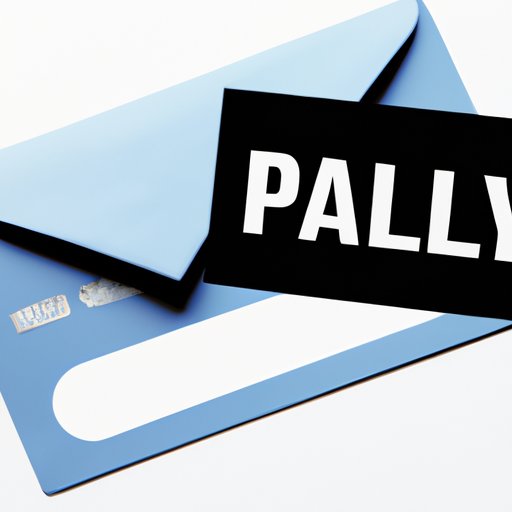
Introduction
PayPal is a widely used digital payment processor that allows you to send and receive money online. However, circumstances may arise that make it necessary to cancel your PayPal account. This guide is for those considering cancelling their PayPal account and explains how to do so, alternatives to PayPal, and strategies for managing finances after cancellation.
Step-by-Step Guide: How to Cancel a PayPal Account
There are several ways to cancel your PayPal account, including via the website, mobile app, or through customer service.
To cancel your PayPal account through the website, log in to your account, click on the settings gear icon, and select “Account Settings”. From there, click on “Close your account” under the “Account type” section and follow the steps provided.
To cancel through the mobile app, open the app, navigate to “Settings,” click on “Account Settings,” then “Close Account,” and follow the prompts.
If you experience difficulty canceling your PayPal account online or via the mobile app, you can contact PayPal customer service for assistance. They will guide you through the cancellation process and any necessary steps or requirements.
Before cancelling your account, make sure all outstanding transactions have been completed, and any remaining funds have been withdrawn to ensure no loss of money.
Reasons to Cancel a PayPal Account
There are several reasons why someone may want to cancel their PayPal account.
Firstly, dissatisfaction with the platform. Some account holders may not be satisfied with the fees charged, customer service, or other issues that have arisen with the use of PayPal.
Secondly, changes in personal circumstances, such as moving to a country where PayPal is not available or choosing to switch to another payment processor.
If you have decided to stop using PayPal, canceling your account is a necessary step to ensure that you don’t unintentionally rack up any fees or charges.
Alternatives to PayPal
There are several payment processors as alternatives to PayPal. Each has its own unique features, pricing options, and setup processes to consider depending on your individual needs.
One alternative is Stripe, a payment processor for online businesses. Stripe charges a transaction fee of 2.9% + 30 cents per successful transaction. It is easy to set up and has no hidden fees. Similarly, Square, another payment processor, charges 2.9% + 30 cents per successful transaction and has competitive rates for high-volume businesses.
Other alternatives include Skrill, Venmo, and Google Wallet, each with its benefits and drawbacks. Take the time to evaluate each alternative before making a decision.
Security Concerns with PayPal
While PayPal is a secure platform, there are potential scam or fraud-associated with it. It’s important to know how to spot and avoid such activities to protect your account and finances.
Always verify the website address and ensure that it is the official PayPal website before entering personal information or logging in to your account. Additionally, use strong passwords and don’t share them or your account information with anyone.
If you notice any suspicious or unauthorized activity, report it immediately to PayPal customer service and your financial institution.
Strategies for Managing Finances
If you have lost money or encountered any financial difficulty due to a PayPal account issue, you can take steps to manage your finances better. These include creating a budget, establishing a savings strategy, and seeking professional financial advice if necessary.
Consider using a financial planning app or software to track your finances and ensure you remain on track towards achieving your financial goals.
Conclusion
Cancelling a PayPal account is a necessary step under certain circumstances. This guide has provided a comprehensive step-by-step guide to cancel a PayPal account, alternative payment processors, security concerns to consider, and strategies for managing finances after cancellation.
Remember to always consider the pros and cons of each payment processor and take appropriate measures to secure your account and personal information.
Take the time to assess your individual needs before making the decision and ensure all necessary steps have been taken to protect your finances.




